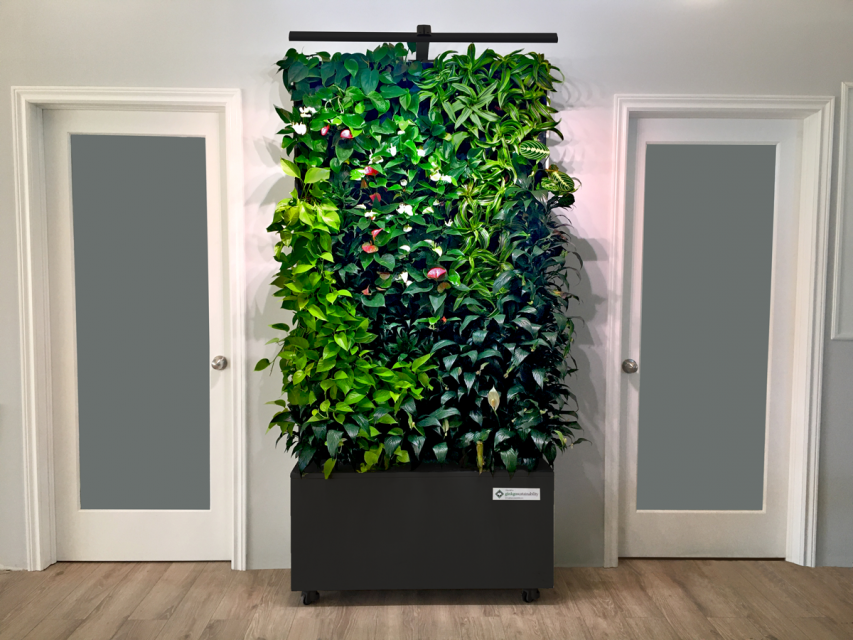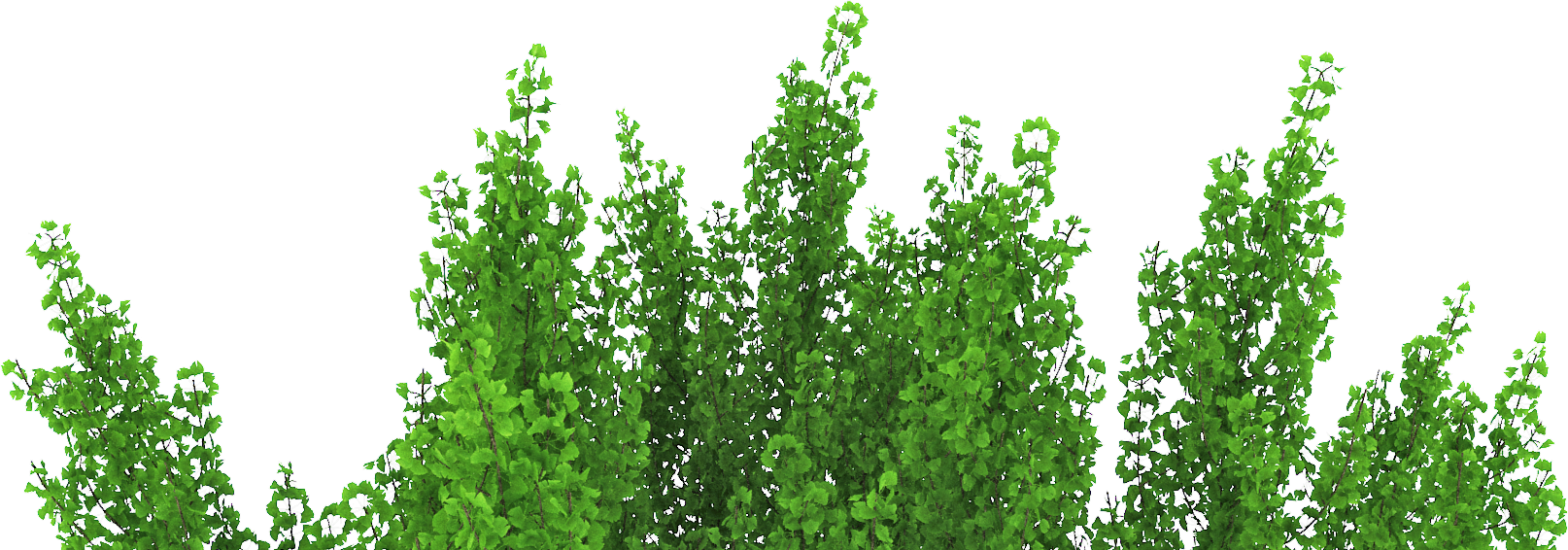How Plants Benefit Our Mental Health
Plants are responsible for numerous benefits to both our physical and mental health.
Studies have shown that plants can lift your mood, increase productivity, and keep sickness at bay.

To say that 2020 has not been free of stress would be a gross understatement. Access to green space is crucial to lowering stress and improving our mental state. Green space and living features can lower stress-causing hormones, and in an indoor setting may reduce sickness (sick building syndrome). Office buildings can be a breeding ground for illness due to environmental stressors, such as poor ventilation, which can lower one’s immunity, cause stress levels to rise, and contribute to respiratory illness. There is an opportunity to utilize plants to add supplementary oxygen to your working environment. Living wall systems that act as bio-filters have the potential to remove airborne contaminants from the air you breathe.
Moreover, the respiration cycle of a plant involves removing carbon dioxide from the air and replacing it with oxygen. Poor air quality, including excess carbon dioxide, can cause drowsiness which can lead to lower productivity levels. Further, by incorporating plants into our homes and offices, we can improve the quality of our air, and the vitality of our work. Proper lighting is also crucial to the photosynthetic process that adds oxygen to the environment.
Lighting is as important to people as it is to plants.
We’ve all had to adjust to the seasonal time change, and some have had a harder time adjusting to the reduced daylight hours. Seasonal Affective Disorder (SAD) affects 2-3% of the Canadian population, while 15% of Canadians will experience SAD in a milder form. Shorter days are the main cause of SAD, and studies have shown that exposure to artificial bright light can help keep Seasonal Affective Disorder or seasonal depression at bay. Plants also need daylight to thrive, especially in those limited winter months. The lighting accompanying a living wall system offers full-spectrum UV light which not only gives plants the necessary light but also provides bright light therapy to individuals suffering from SAD; not to mention the benefit of being in close proximity to the plants themselves.
Therefore, rising demands for green infrastructure and sustainable building design have allowed the living wall industry to grow beyond the benefits of the humble house plant. A single plant can provide numerous health benefits to an individual. However, by installing a live feature, such as a living wall or a living art piece, you can magnify the benefits due to the many individual plants within the structure. An example of this type of system is GINKGO’s new Mobile Living Wall. It is a freestanding vertical garden that holds 104 plants, includes everything you need (including plants), and all you have to do (after an easy assembly) is plug it in. Lastly, systems like this are a vital part of helping GINKGO connect the living and built environment.

Shop our living walls featured in the article at our e-store
or
Visit our website for how we can transform and reimagine your space and see examples of projects completed.
References
https://www.sciencedirect.com/science/article/abs/pii/S0165178100001384
https://www.sciencedirect.com/science/article/abs/pii/S0165178100001384
https://www.cell.com/trends/plant-science/fulltext/S1360-1385(18)30046-3
https://westernusc.ca/wp-content/uploads/2017/03/20170716-_Motion-6-Appendix-3.pdf





